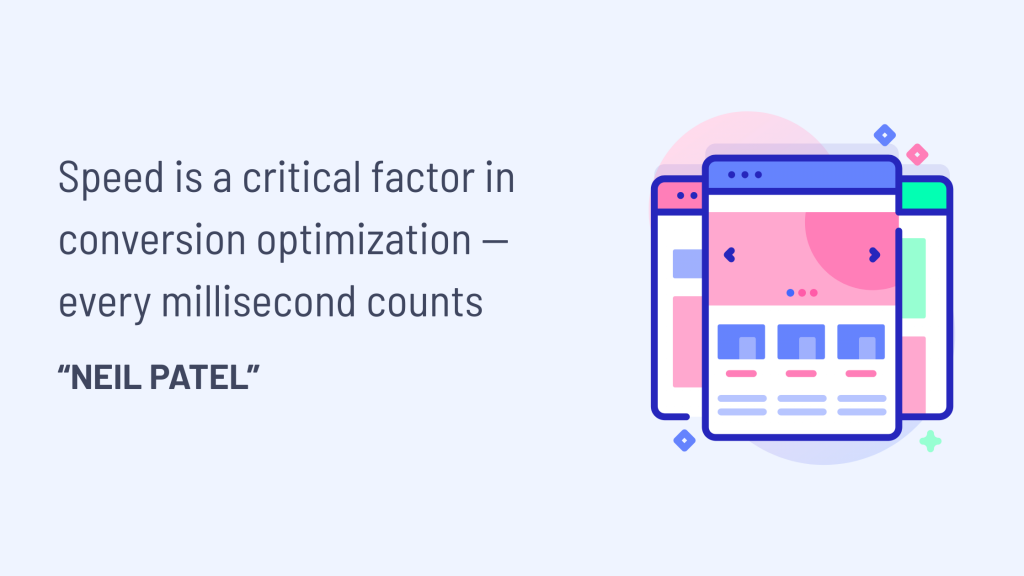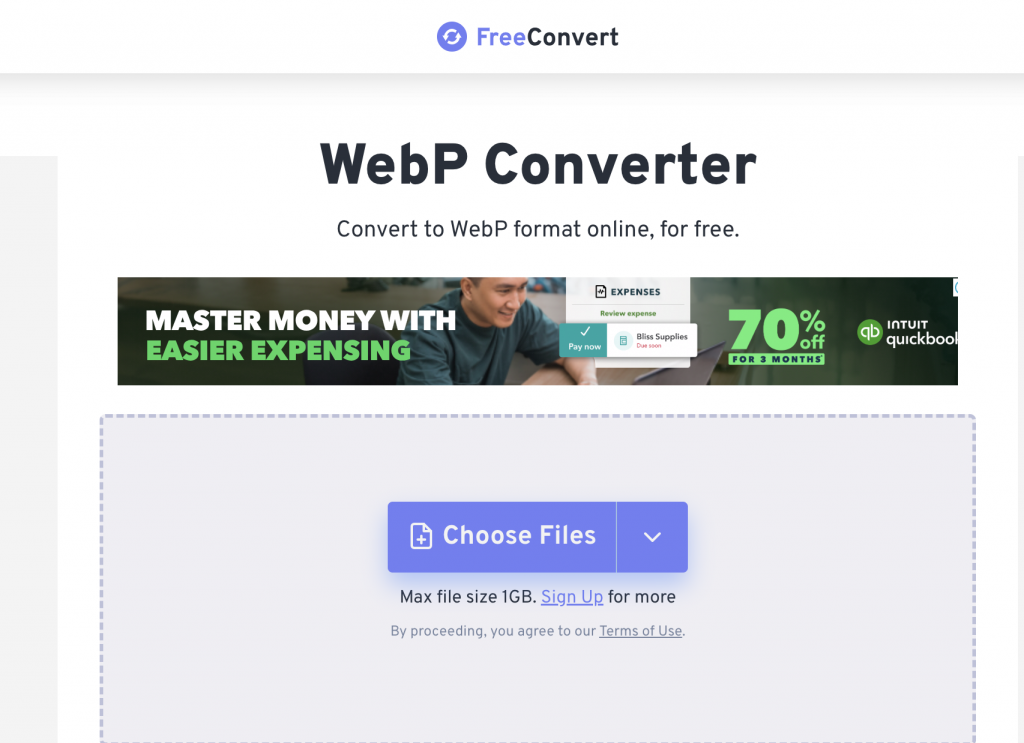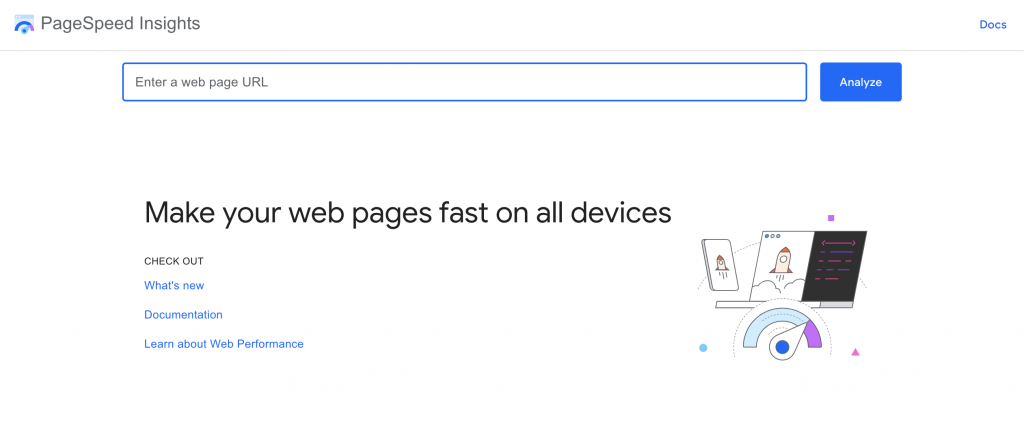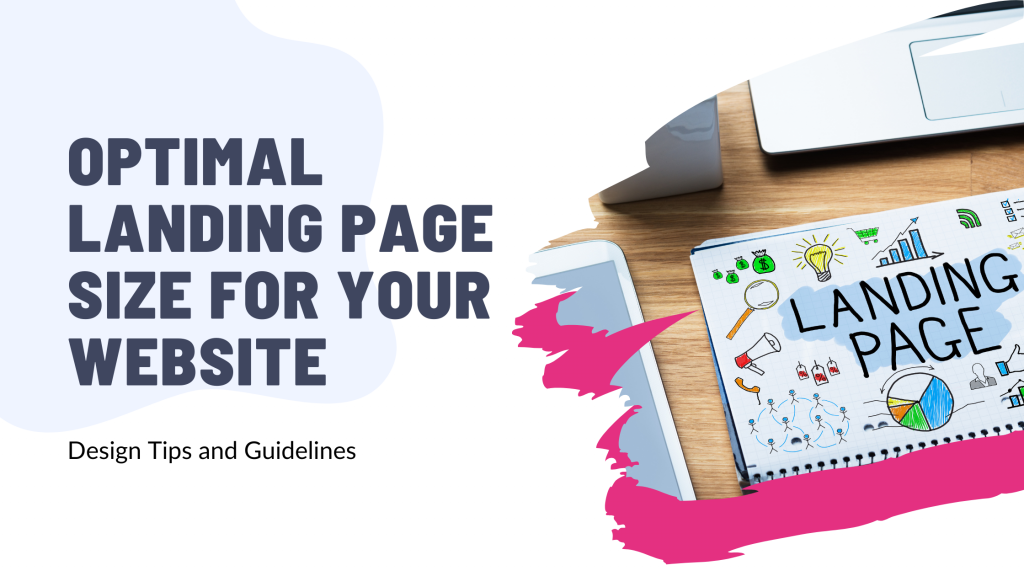Your landing page is your website’s first impression — and in today’s fast-paced online world, every second counts.
If your page takes too long to load or feels cluttered, you risk losing visitors before they even see what you have to offer.
But don’t worry!
Optimizing your landing page size is easier than you think, and it can make a huge difference in keeping your audience engaged and boosting your results.
Ready to discover simple, practical tips that will transform your landing page into a powerful, lightning-fast gateway?
Let’s dive in!

If you need help creating your website, don’t hesitate to contact us. Click here.
Why Landing Page Size Matters for Your Website
When it comes to your website, landing page size plays a huge role in how visitors experience your brand. Think about it — if your page takes too long to load or feels crowded with too much content, visitors are likely to click away before you even get a chance to show them what you offer.
In fact, studies show that 53% of mobile users abandon sites that take longer than three seconds to load. This means that keeping your landing page size optimized isn’t just a nice-to-have; it’s essential for keeping people engaged and interested.
Impact on User Experience
A smaller, well-optimized landing page loads faster and feels smoother to navigate. When visitors don’t have to wait or hunt for information, they’re more likely to stick around and explore.

Moreover, an easy-to-navigate landing page helps everyone, including those with slower internet connections or accessibility needs.
Influence on Conversion Rates
The size of your landing page directly affects how well it converts visitors into customers or subscribers. Clear and concise pages that load quickly invite users to take action, whether that’s signing up for a newsletter, making a purchase, or contacting you for services.
On the flip side, large or cluttered pages can overwhelm visitors, increasing bounce rates and lowering your chances of turning traffic into real results.
Understanding the Optimal Landing Page Size
When it comes to landing page size for website, keeping it under 2MB is generally considered the sweet spot. Why?
Because pages smaller than this tend to load quickly across most devices and internet speeds, giving your visitors a smooth and satisfying experience.
The faster your page loads, the less chance you have of losing potential customers due to impatience or frustration.
Beyond just speed, a smaller page size also helps your SEO. Search engines like Google favor websites that load quickly, as they prioritize user experience.
So by optimizing your landing page size, you’re not only keeping visitors happy but also improving your chances of ranking higher in search results.
Factors Affecting Landing Page Size
Several elements can add to your landing page’s size — and some of these might surprise you. Here are the key factors to watch out for:
- Heavy images and multimedia content: Large, uncompressed images or videos are often the biggest culprits behind slow-loading pages. While visuals are essential, using optimized formats and sizes can make a big difference.
- Use of scripts and third-party plugins: Extra tools like chatbots, tracking scripts, or social media widgets add code that increases page size. It’s important to only use what’s necessary and keep these scripts streamlined.
- Fonts and design elements: Sometimes, custom fonts or complicated design features can add extra weight to your page. Choosing web-safe fonts or limiting font variations can help keep size down without sacrificing style.
Understanding these factors gives you the power to control your landing page size effectively — making sure your site is fast, friendly, and ready to convert visitors into customers.
Practical Tips for Designing an Optimal Landing Page Size
Optimize Images and Media
Images and videos make your landing page attractive, but they can also slow it down if not handled properly. To keep your page size in check, start by using modern image formats like WebP or SVG, which offer excellent quality at smaller file sizes compared to traditional JPEG or PNG files.

Also, don’t forget to compress your images — there are plenty of tools that reduce file size without sacrificing visual quality. And when it comes to videos or animations, try to limit autoplay features and heavy motion effects that can bog down loading times and distract visitors.
Streamline Content and Layout
Less is often more when designing your landing page. Focus on placing all the essential information above the fold, so visitors immediately see what matters without scrolling endlessly. Using whitespace strategically helps your content breathe and keeps the page feeling clean and inviting, rather than cluttered and overwhelming.
Finally, break your content into easy-to-read sections with clear headings and bullet points — this not only helps visitors scan quickly but also improves overall user experience.
Minimize Code and Plugins
Behind the scenes, your page’s code has a big impact on size and speed. Using clean, efficient HTML, CSS, and JavaScript ensures your site runs smoothly without unnecessary bulk. It’s also smart to avoid unnecessary plugins or third-party scripts, as each one adds extra code that can slow your site down or cause conflicts.
To boost performance further, take advantage of caching techniques and content delivery networks (CDNs) — these tools store copies of your site closer to your visitors, speeding up load times no matter where they are in the world.
Tools and Resources to Measure and Improve Landing Page Size
Popular Page Speed and Size Analyzers

Knowing the size of your landing page is just the first step — you also need the right tools to measure how it performs and find ways to improve it. Here are some of the most popular, user-friendly tools you can start using today:
- Google PageSpeed Insights: This free tool from Google analyzes your landing page and provides detailed reports on speed and performance, along with clear suggestions for improvement. It’s trusted by millions and integrates SEO factors too.
- GTmetrix: GTmetrix offers an in-depth look at your website’s loading times, total page size, and how different elements affect performance. It also provides a handy waterfall chart to visualize loading sequences.
- Pingdom Website Speed Test: Pingdom gives you a quick overview of your site’s speed from different locations worldwide. It highlights slow-loading elements and offers actionable recommendations.
How to Interpret Results and Take Action
Once you’ve run your landing page through these tools, it’s important to understand what the numbers mean. Focus on two key aspects: load times (how fast your page appears to visitors) and total page size (the amount of data that needs to be loaded).
If your load time is high but your page size is relatively small, the issue might be server-related or network speed. Conversely, a large page size almost always means longer load times. Start by tackling the biggest offenders, often large images or heavy scripts, for the quickest impact.

If you need help creating your website, don’t hesitate to contact us. Click here.
Conclusion
Optimizing your landing page size is one of the smartest moves you can make to boost your website’s speed, user experience, and conversion rates. By focusing on lightweight images, streamlined content, and clean code, you’ll create a landing page that keeps visitors engaged and eager to take action. Remember, a fast-loading page isn’t just good for your audience — it also helps your SEO and overall online success.
If you’re feeling overwhelmed or want expert guidance to make these improvements smoothly, we’re here to help! Feel free to reach out to us anytime via our contact form, or connect with us on Instagram and Facebook. Let’s work together to create a landing page that truly works for you!

